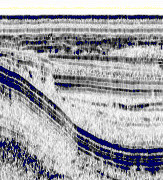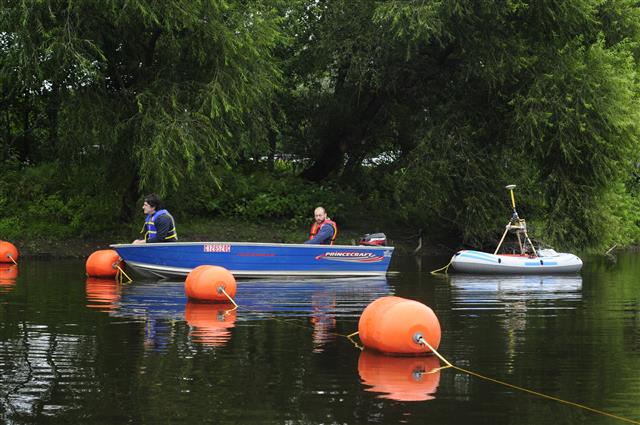Pollutants often accumulate in the sediments of rivers or lakes. Through the use of specialized sampling equipment and high resolution mapping, GPR can implement a sediment sampling program to collect and map sediments in marine environments.
Marine sediment sampling comprises two stages: firstly the correct location needs to be found using an accurate positioning system, then the sample can be collected.
GPR owns two types of samplers, a Benthos type sampler and standard grab sampler of various sizes.
Sediment studies by Benthos type samples
The Benthos type sampler uses plastic tubing to extract core samples which are undisturbed, up to 2 metres long.
Sediment studies by standard grab samplers
The grab sampler consists of a pair of steel jaws that close upon touching the bottom, hence collecting whatever sediments lay directly on the bottom. The samples are sealed in airtight containers and clearly labelled for future examination.
The samples are sealed in airtight containers and clearly labelled for future analysis.
Sedimentation studies
For sedimentation studies, bathymetry data can be collected with high accuracy positioning at time intervals ranging from hours to years. Comparison of the water depth measurements over time can provide information on the location, movement and rate of sediment deposition.
For more information, please contact our Marine Survey Team.



